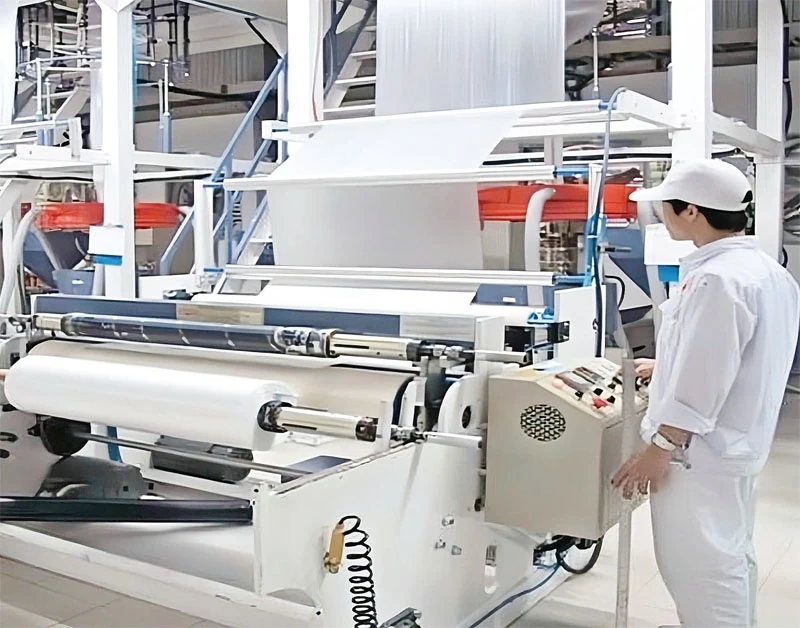
Workers of Bim Son Packaging Joint Stock Company operate the plastic packaging production line, ensuring stable operations in the face of fluctuations in raw material prices.
In the mechanical field - an industry that depends heavily on steel prices, Lam Son Mechanical Manufacturing and Trading Company Limited is considered a bright spot in terms of flexible management. Specializing in the production of steel structures, manufacturing industrial equipment and precision mechanical processing, the company has more than 70% of its input costs directly related to steel and metals. Since the beginning of 2025, domestic steel prices have increased by up to 15% in just a few weeks, creating great pressure on production activities.
Faced with unpredictable fluctuations, the company applies a "proactive response to fluctuations" strategy, focusing on three pillars: ensuring supply, controlling costs and expanding the market. The company signs long-term steel supply contracts with major distributors to stabilize import prices; maintains a 2-month reserve inventory to avoid "pillow" situations during price increases. At the same time, it promotes bidding for projects in industrial parks, power plants and infrastructure projects. In particular, the company also invests in high-tech cutting machines, automatic welding machines and material management software, helping to reduce raw material standards by 6-8% per month.
Thanks to synchronous solutions, the company's revenue maintained a growth rate of about 7% in the first 10 months of 2025, and operating capacity reached over 90%. A company representative shared: "In the context of unpredictable steel prices, the company can only stand firm when proactively strengthening governance and increasing internal productivity."
Unlike mechanical engineering, the packaging - plastic industry is directly affected by crude oil prices, which determine the prices of PP, PE, HDPE plastic resins... Bim Son Packaging Joint Stock Company, which specializes in manufacturing industrial packaging and packaging for the cement and agricultural industries, also faces great pressure when plastic resin prices increase rapidly in each period. At times, raw material prices increased by nearly 10% compared to the previous month, causing production costs to increase significantly.
In order to not let the enterprise fall into a passive position, the company has deployed a series of technical and market solutions. The enterprise synchronously invested in new technology weaving, printing, and laminating lines, saving up to 12-15% of electricity and reducing 5% of raw material loss compared to old technology. Thanks to process optimization, the enterprise reduced production costs in the context of high plastic resin prices. At the same time, the company expanded to agricultural packaging products and construction material packaging according to orders from enterprises inside and outside the province, especially cement and mineral factories in the area.
Another notable direction of the company is to develop a line of environmentally friendly packaging products, using recycled materials following the green production trend. This not only helps businesses reach new customers, but also increases brand value in the context of increasingly strict environmental standards.
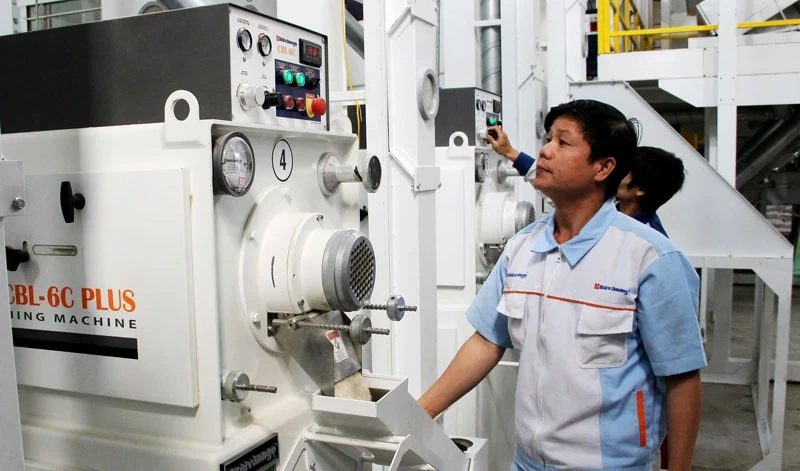
Workers operate the packaging production line, ensuring stable operations despite fluctuations in input material prices.
More broadly, fluctuations in raw materials are putting great pressure on the entire industrial sector of the province. Raw material costs account for 60-75% of total costs in the processing and manufacturing industries, so a 5-10% increase in input prices can significantly shrink profit margins. However, many businesses in Thanh Hoa have changed their operations such as proactively stocking raw materials, diversifying suppliers, applying technology to reduce loss and adjusting production models towards leanness. Some units have also researched using alternative materials or increasing the localization rate to reduce dependence on imported goods.
According to the Department of Industry and Trade, the bright spot in the 2024-2025 period is that Thanh Hoa's industrial sector is no longer passive in the face of global fluctuations as before. Many businesses have accelerated digital transformation, digitized warehouse management, and applied automation in many production stages to reduce costs and increase accuracy. International quality standards are also focused on by businesses, thereby increasing competitiveness in bidding and expanding export markets.
Along with the internal efforts of enterprises, Thanh Hoa province continues to implement many support solutions such as prioritizing credit for the processing and manufacturing industry, supporting technological innovation, promoting trade promotion and connecting domestic supply and demand. Infrastructure of industrial parks continues to be improved, helping enterprises reduce logistics time and improve production efficiency. In addition, the province strengthens regional linkage programs, connecting enterprises with major suppliers to minimize the risk of raw material shortages during peak periods.
Article and photos: Chi Pham
Source: https://baothanhhoa.vn/doanh-nghiep-cong-nghiep-no-luc-giu-nhip-tang-truong-269615.htm




![[Photo] Close-up of Ba Ha River Hydropower Plant operating to regulate water to downstream](/_next/image?url=https%3A%2F%2Fvphoto.vietnam.vn%2Fthumb%2F1200x675%2Fvietnam%2Fresource%2FIMAGE%2F2025%2F11%2F25%2F1764059721084_image-6486-jpg.webp&w=3840&q=75)


![[Photo] Prime Minister Pham Minh Chinh receives Governor of Gunma Prefecture (Japan) and Special Advisor to the Japan-Vietnam Friendship Parliamentary Alliance](/_next/image?url=https%3A%2F%2Fvphoto.vietnam.vn%2Fthumb%2F1200x675%2Fvietnam%2Fresource%2FIMAGE%2F2025%2F11%2F25%2F1764066321008_dsc-1312-jpg.webp&w=3840&q=75)


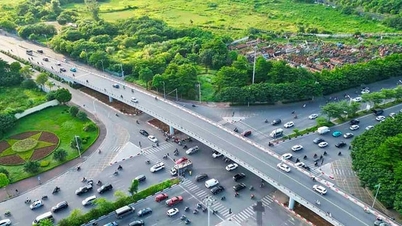



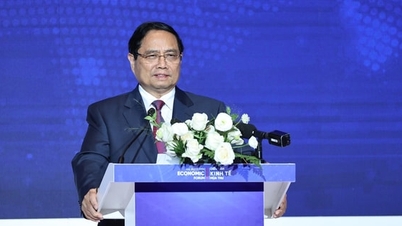








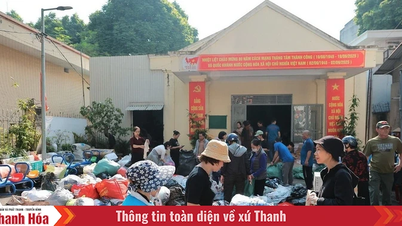


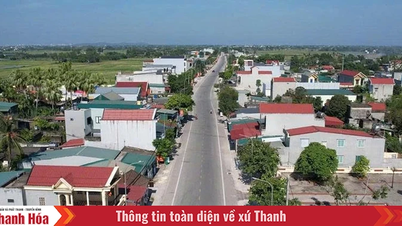

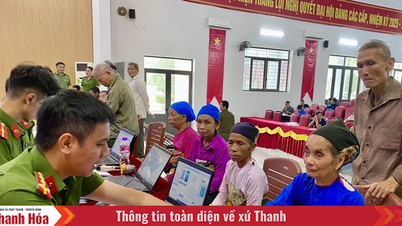




















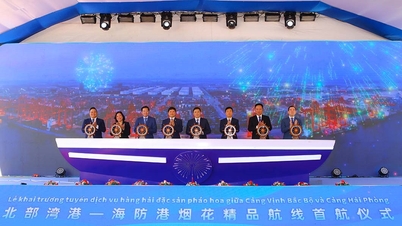

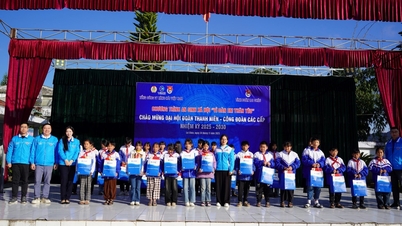


![[Answer] Should I install an elevator for an old renovated house?](https://vphoto.vietnam.vn/thumb/402x226/vietnam/resource/IMAGE/2025/11/25/1764039191595_co-nen-lap-thang-may-cho-nha-cai-tao-cu-khong-04.jpeg)

















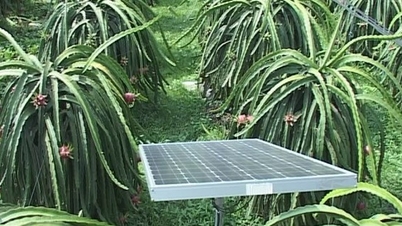



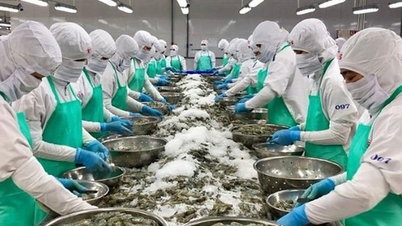


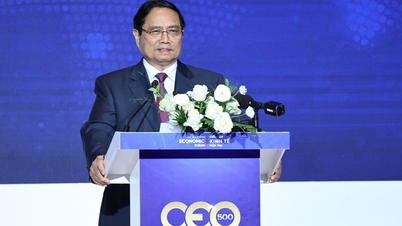






















Comment (0)